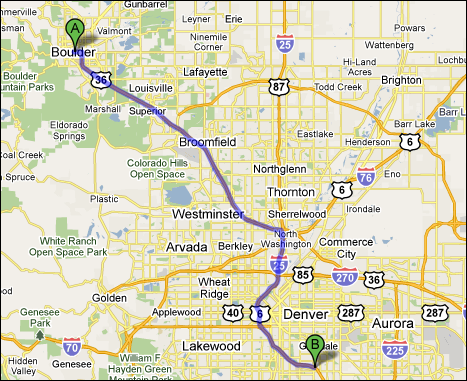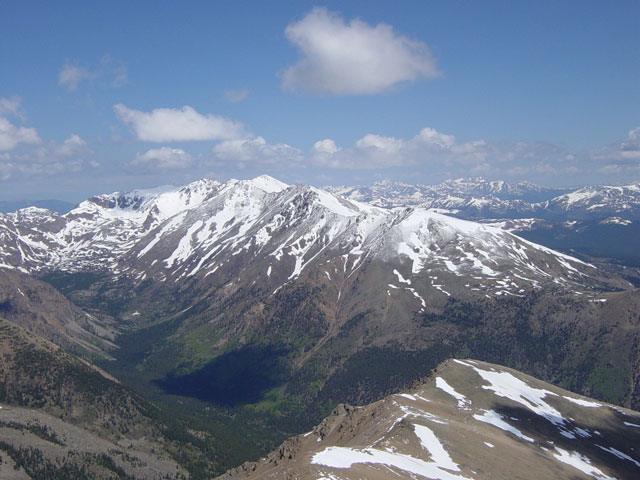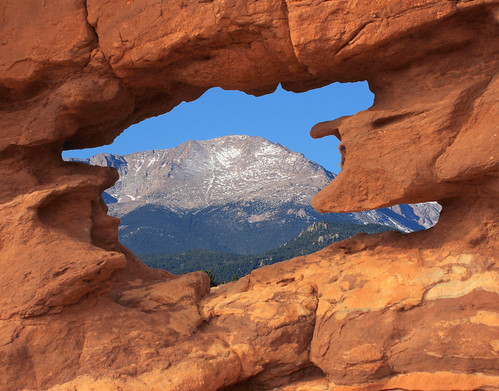The majority of the state of Colorado is located in the Empty Interior region of the United States.
Colorado itself is divided up into several different physiographic regions:
- The Colorado Plateau
- The Wyoming Basin
- The Great Plains
- Raton Basin
- Colorado Piedmont
- High Plains
- The Southern Rocky Mountains
- The Middle Rocky Mountains
Boulder, Colorado is located on the edge, in between the Southern Rocky Mountains Section and the Great Plains. This gives Boulder a great view of the mountains, specifically those unforgettable flat irons.
Colorado's population has grown, the population greatly increasing since WWII. One of the reasons people settled in Colorado initially was the discovery of silver and gold in the region. Today, Colorado is 84% urban and 16% rural. The density of the population is well below the average of the US; it is 41 people per square mile.
The commonly manufactured items in Colorado are chemicals, electronics, fabricated metal products, and processed foods/drinks. It wasn't until the demand of WWII that Colorado caught up with some of the rest of the country in terms of industrialization.
In Colorado, according to the 2010 data for the US Census Bureau, there has only been a 16.9% change in the population, and 80.1% of people have lived in the same residence for at least a year.
Agriculture is important. Mostly beef cattle, corn, greenhouse/nursery products, hay, hogs, milk, potatoes, sheep, wheat, and wool is produced. Mining is also important in Colorado, producing: coal, natural gas, and petroleum. They also have a natural resource of water that is significant.
Politically, Colorado has gone back and forth from being democratic and republican in the last few decades. In the 2004 presidential election, Colorado's electoral votes went to the republican candidate. In the 2008 presidential election, Colorado's electoral votes went to the democratic candidate. Boulder, however, has been strongly democratic and liberal- one of the most in the state. It
might have something to do with the presence of the University of Boulder...
Colorado still retains some of the "Old West" culture, with horseback riding and some modern cowboys still riding across the plains.
Personally, I think that it's a little insulting for Colorado to be grouped into the "Empty Interior Region." It just makes it sound so boring, when really, there is a unique world of incredible views of the beauty of nature.
Sources:
























